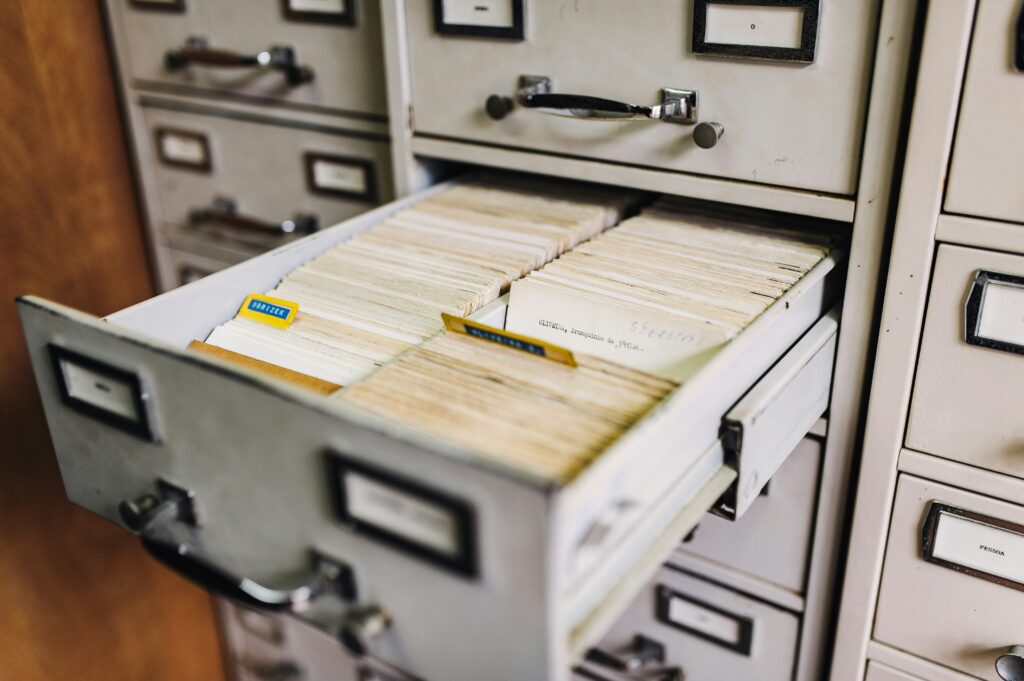Managing payroll becomes one of your primary tasks when you own a business and recruit employees. You must pay the employer’s PAYE bill accurately and on time. PAYE (Pay As You Earn) is how HMRC collects Income Tax, National Insurance contributions, student loan repayments, and other deductions directly from your staff’s wages.
Failing to meet these obligations can quickly lead to issues. If you miss a payment or postpone your submission, you may suffer a PAYE late payment penalty. In the worst-case scenario, interest builds, and your business’s standing with HMRC suffers. That is why understanding how to pay an employer’s PAYE bill, knowing the specific due dates, and knowing what is included in each payment are all important.
PAYE Payment Deadlines
You must be aware of the dates in order to avoid penalties and remain on top of your employer PAYE responsibilities. The regulation is simple: if you pay your employees monthly, you must submit your employer PAYE bill to HMRC by the 22nd of the following tax month—but only if you pay online. If you pay by cheque, the deadline moves earlier, to the 19th.
Here’s an example: if you’re processing April salaries, your PAYE bill is due by May 22nd if paid online, or May 19th if submitted by post.
Smaller employers with an average monthly PAYE and NICs of less than £1,500 can get quarterly payments. In this instance, you must still pay your employer’s PAYE bill by the 22nd (online) or 19th (cheque) after the end of each quarter. Missing these deadlines is not just a slap on the wrist. It could result in a PAYE late payment penalty, particularly if it occurs repeatedly. So, mark your calendar and set up notifications as needed.
What Your PAYE Bill Includes
Your PAYE bill covers more than simply basic income tax. When you pay an employer’s PAYE bill, it usually comprises a combination of:
- Income Tax deducted from employees’ wages
- National Insurance contributions made by both employers and employees
- Student Loan Repayments
- Construction Industry Scheme (CIS) deductions, if applicable
- Apprenticeship Levy (For Larger Employers)
- Class 1A National Insurance Contributions on Benefits in Kind
- Any amounts due from earlier periods, including underpayments
- Interest charges and penalties, if applicable
HMRC determines the majority of this through your payroll submissions, specifically the Full Payment Submission (FPS) and Employer Payment Summary (EPS). If your submission is late or wrong, your bill may include “specified charges“. These are estimations used by HMRC to replace missing information and will remain in place until updated. Understanding all these elements helps you budget properly and ensures that when you pay employer PAYE bill, you’re covering all necessary liabilities. Don’t neglect the details; each piece is important.
Payment Methods
You have several secure ways to pay employer PAYE bill, and choosing the right one can help ensure your payment arrives on time. Here’s the breakdown:
1. Online Banking or Bank Transfer
This is the fastest and most dependable way. Use your PAYE Accounts Office reference number to ensure that HMRC allocates your payment accurately. Always double-check details.
2. Debit or Corporate Credit Card
You can also pay online using a debit or corporate credit card. However, HMRC levies a fee for credit card payments.

3. Direct Debit
A convenient method for making monthly payments. You can set up a recurring Direct Debit from your business tax account. Just make sure you start it in advance—first-time setups take longer to complete.
4. At Your Bank or Building Society
A payslip can still be used to pay an employer’s PAYE bill in a real bank, despite its rarity nowadays. This strategy involves careful planning to ensure that it is completed by the deadline.
5. Cheque by Post
Cheques are slower and have early deadlines. Make sure they get to HMRC before the 19th, and always include your reference number on the back.
6. Through Your Payroll Software
Many payroll systems now allow you to pay the employer’s PAYE bill directly via the software interface. This increases efficiency and lowers the danger of errors.
Aim for early payments, regardless of which method you use. Late transactions—even by one day—could lead to interest charges or even a PAYE late payment penalty.

Using Correct Payment References
When paying your employer’s PAYE bill, make sure to provide the correct payment reference. HMRC uses this reference to allocate your payment to the appropriate tax period. Entering the incorrect reference may result in a misallocated payment, triggering a PAYE late payment penalty even if you paid on time.
So, what is the proper reference? It is your 13-character Accounts Office reference number, which may also include a tax month or quarter code. For example, if you’re paying for tax month 1 (April), you’d add 2301 to the end of your reference (resulting in a 17-character string).
Your Accounts Office reference can be found here:
- HMRC correspondence
- Your HMRC online account.
- Previous PAYE payment confirmations.
Tip: Never reuse references from prior months or tax years. Always double-check the date suffix, whether you pay monthly or quarterly. If you are unclear, utilise HMRC’s online reference checker before paying the employer PAYE bill.
Payment Booklet and Payslips
Make sure you use your HMRC payment papers and payslips the right way if you still get them. These paper forms come with payment information already filled in, and they are made just for each tax month. When you pay your employer’s PAYE bill with one of these paper forms—usually by mail or at the bank—the reference makes sure that your payment goes to the right place.
But HMRC is slowly getting rid of payment papers in favor of online options. Employer PAYE bills can now be paid more quickly by bank transfer or online through HMRC’s site. These ways give you more power over your references and proof of payment. Do you still use booklets? Then check the payment slip to make sure it fits the tax year you’re paying for. If you use an old payslip, you could get a PAYE late payment penalty because HMRC sees it as a missed deadline.

Multiple PAYE Schemes
Some businesses operate with multiple PAYE schemes, often because they have employees in different parts of the UK or separate payrolls for contractors. This is why it’s important to pay the employer PAYE bill for each plan using its own unique Accounts Office reference.
You shouldn’t combine payments for different plans unless HMRC tells you to. In the worst cases, this could lead to multiple PAYE late payment penalty letters and charges that have not been paid. If you manage multiple schemes, consider:
- Keeping a clear payment calendar for each scheme
- Assigning a payroll manager or a software tool to track deadlines
- Saving each scheme’s reference in your banking system
You can meet your employer PAYE responsibilities with greater confidence if you stay organized in addition to avoiding penalties.
Conclusion
Staying on top of your PAYE duties entails more than just making regular payments; it also requires precision. To properly pay an employer’s PAYE bill, use the correct reference every time. Whether you pay monthly, quarterly, or manage various PAYE plans, accuracy is critical. Avoiding PAYE late payment penalty charges requires strategy, consistency, and understanding how HMRC handles your payments. Using obsolete payslips, erroneous references, or merging payments from several schemes can all result in unnecessary issues.
Instead, be proactive by setting reminders, double-checking payment information before submitting it, and reviewing your payroll process on a regular basis. Finally, your employer’s PAYE responsibilities are more than just compliance; they show your company’s dependability and financial stability. Making an effort to properly pay the employer PAYE bill saves your company from penalties, reduces HMRC queries, and provides you with peace of mind. Stay steady and accurate, and the procedure will become second nature.


